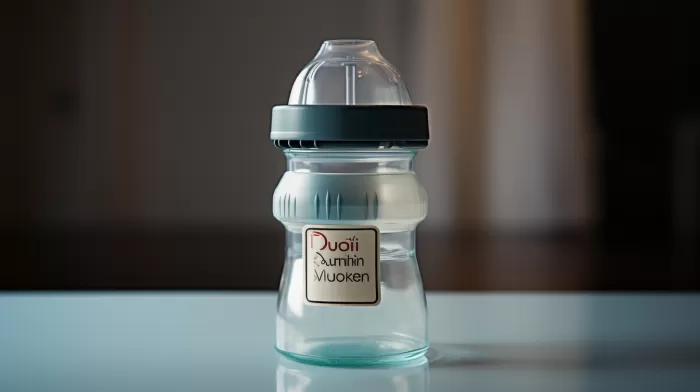If you’re a parent, you’ve likely heard about the controversy surrounding bisphenol-A (BPA), an industrial plastic that gained significant attention for its potential negative health effects. The Food and Drug Administration (FDA) has now banned the use of BPA in baby bottles and sippy cups. However, public health experts are still concerned that we continue to consume BPA in canned goods and absorb it (and related toxins) through our fingers when handling thermal paper used for retail receipts.
What is BPA, and why is it harmful?
BPA is an endocrine disrupter that interferes with the body’s use of estrogen. This interference has been linked to a variety of health problems, including metabolic disease and reproductive issues. BPA can be found in many plastic products used for food packaging and liquid storage.
However, the FDA’s decision to ban BPA from infant beverage containers seems to be too little too late. According to David Dausey, Ph.D., of Mercyhurst University, manufacturers and the chemical industry had already decided to stop using BPA in baby bottles due to bad press they were receiving. With no one using BPA in baby bottles, the FDA has now decided to ban it.
Dausey calls the FDA’s recent move a “symbolic gesture” and urges the FDA to pass real laws that force chemical manufacturers to be more responsible in producing safe products for human use.
Toxic chemical laws in the United States
The last Federal toxic chemical law in the United States was passed in 1976. Since then, more than 80,000 chemicals have been brought to market. Dausey is concerned about the lack of regulation for these chemicals and the potential negative effects they may have on our health.
You may be wearing some of the potentially toxic chemicals Dausey wants the agency to review. For example, perfluorinated chemicals are stain repellants used in clothing that may impair immunity. Another potentially harmful group of chemicals are fire retardants called polybrominated diphenyl ethers (PBDEs), which have been linked to hyperactivity and learning disorders in children.
What can you do to protect yourself and your family?
While it may be impossible to completely eliminate exposure to potentially harmful chemicals, there are steps you can take to minimize your risk. Here are a few suggestions:
- Avoid canned goods: Debra Wayne, M.D., a board-certified preventive medicine specialist, recommends choosing frozen fruits and vegetables over canned varieties and opting for glass or stainless steel containers when storing food and beverages. This can help limit your exposure to BPA and other toxins found in the lining of cans.
-
Limit exposure to thermal receipt paper: When you receive a receipt, be sure to handle it as little as possible and wash your hands after touching it. Consider requesting email receipts instead of paper ones when available.
-
Make informed choices about clothing: Look for clothing made from natural materials, such as organic cotton or hemp, and avoid chemically treated fabrics.
-
Choose furniture and electronics carefully: Fire retardants, such as PBDEs, can be found in furniture and electronics. Opt for products made with natural materials and be conscious of the materials used in the products you purchase.
-
Keep informed: Stay updated on the latest research surrounding harmful chemicals and be proactive in taking steps to reduce your exposure.
In conclusion, while the FDA’s recent ban on BPA in baby bottles and sippy cups is a step in the right direction, more needs to be done to ensure the safety of the products we use every day. By staying informed and making informed choices, we can take control of our health and help protect our families from the potential dangers of these chemicals.



